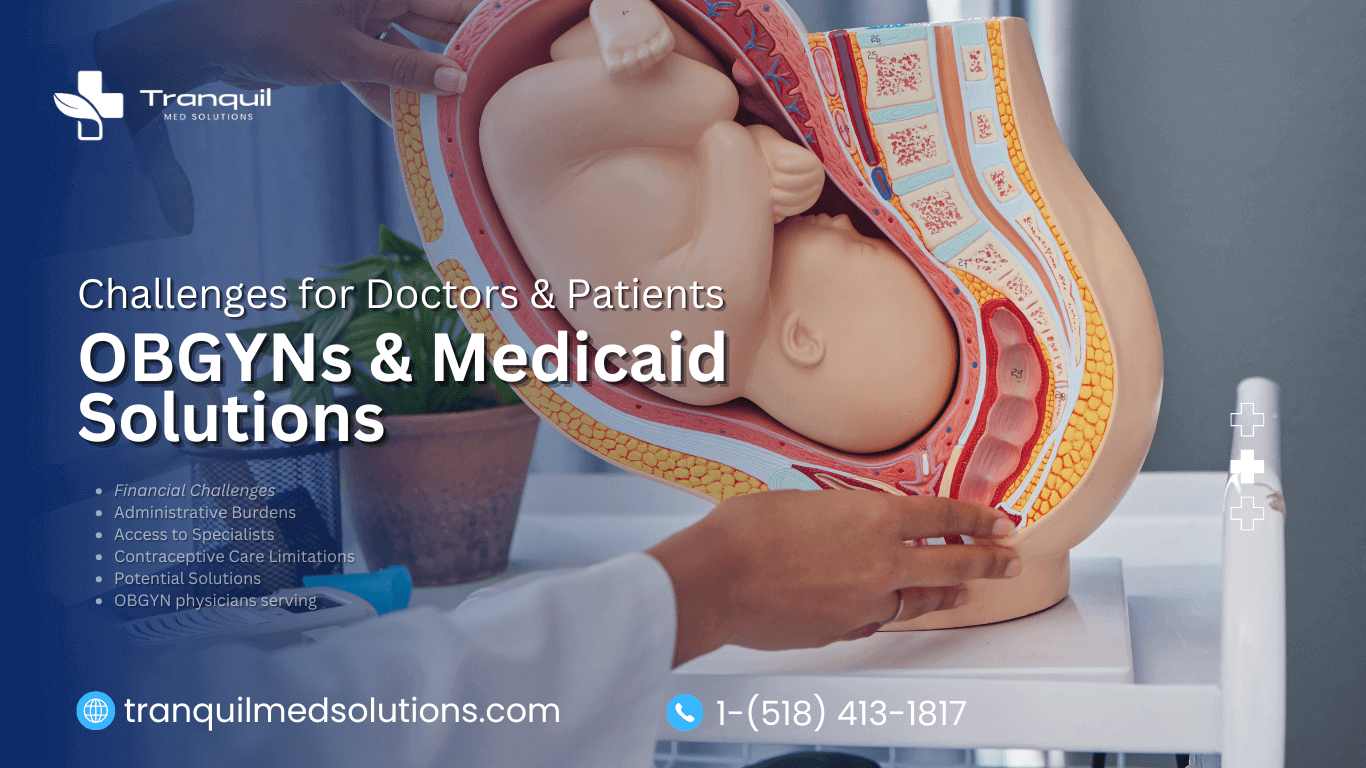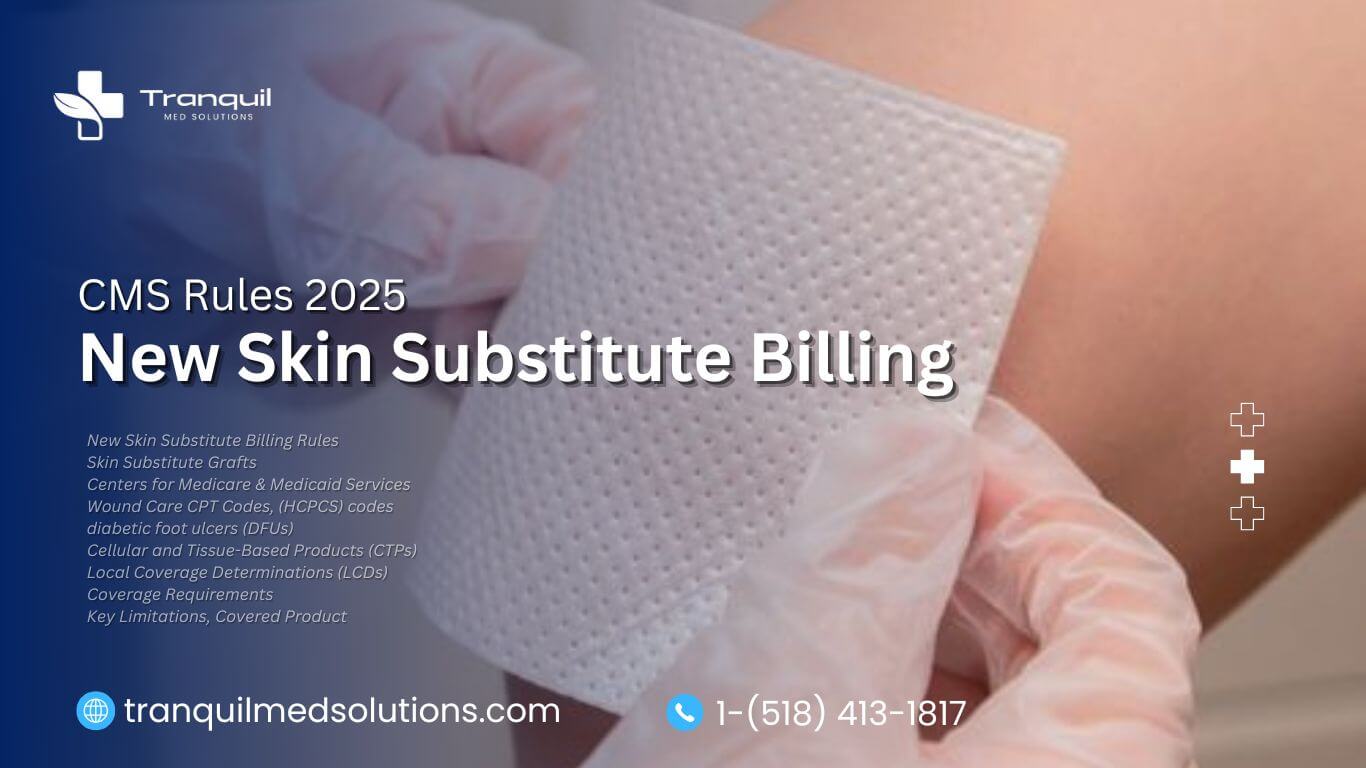Medicare is the largest healthcare insurance program in the United States, covering nearly 67 million beneficiaries. It serves seniors aged 65 and older, as well as individuals with disabilities. For healthcare providers, enrolling in Medicare is an essential step to serve this vast patient base while ensuring financial stability through consistent reimbursements.
However, the Medicare provider enrollment process can be complex, requiring multiple steps, documentation, and compliance with regulations. This guide explains the Medicare credentialing process, outlines the step-by-step application process, provides important statistics, and highlights key mistakes to avoid to help ensure a successful enrollment.
What is Medicare Credentialing in Healthcare?
Medicare credentialing is the process through which healthcare providers validate their qualifications to serve Medicare beneficiaries. This process ensures that only licensed and qualified professionals are allowed to treat patients under Medicare.
Who Needs Medicare Credentialing?
Medicare credentialing is required for:
✔ Doctors (MDs, DOs, chiropractors, podiatrists, optometrists, dentists, etc.)
✔ Nurse practitioners (NPs), physician assistants (PAs), and other advanced practice providers
✔ Therapists (physical, occupational, speech, and behavioral health)
✔ Hospitals, clinics, group practices, and home health agencies
✔ Durable medical equipment (DME) suppliers and laboratories
Without Medicare credentialing, a provider cannot bill Medicare for services, potentially leading to lost revenue and compliance issues.
Key Credentialing Requirements:
To become a Medicare-approved provider, you must provide the following:
| Requirement | Description |
|---|---|
| Educational Documentation | Submit transcripts, diplomas, or residency certificates to prove medical education and training. |
| Professional Experience | Provide a complete work history, including previous employment, hospitals, and clinics where you have practiced. |
| Licensure | Hold an active and unrestricted medical license in the state(s) where you plan to practice. |
| Board Certification | Required for certain specialties as proof of expertise. |
| DEA Registration | If prescribing controlled substances, provide a valid Drug Enforcement Administration (DEA) number. |
| Malpractice Insurance | Maintain continuous professional liability insurance coverage. |
| Professional References | Some applications may require recommendation letters from colleagues, mentors, or employers. |
| National Provider Identifier (NPI) | Obtain a unique 10-digit NPI for billing and claims processing. |
| Tax Identification Number (TIN) or Social Security Number (SSN) | Required for tax and payment purposes. |
| Background Check | Medicare requires providers to pass a background check to confirm no prior exclusions from federally funded healthcare programs. |
Why Enroll as a Medicare Provider?
1. Access to a Large Patient Base
- Medicare covers 67 million people, making it a critical source of patients for healthcare providers.
- Many seniors rely exclusively on Medicare for their healthcare needs.
2. Steady Reimbursement & Financial Stability
- Medicare offers consistent and reliable payments to providers.
- Unlike private insurance, Medicare payments are standardized based on pre-defined fee schedules.
3. Increased Credibility & Trust
- Medicare credentialing enhances your reputation as a provider.
- Being Medicare-approved can attract more patients and open opportunities with hospitals, group practices, and insurance companies.
Step-by-Step Medicare Provider Enrollment Guide
Step 1: Obtain a National Provider Identifier (NPI)
- The NPI is a mandatory 10-digit identification number assigned to all U.S. healthcare providers.
- Apply for an NPI through the National Plan and Provider Enumeration System (NPPES).
- The NPI is used for all billing and claim submissions.
Step 2: Choose Your Enrollment Method
Medicare offers two main enrollment options:
Option 1: Internet-Based PECOS (Recommended)
- The Provider Enrollment, Chain, and Ownership System (PECOS) is an online system that allows providers to enroll electronically.
- Benefits of PECOS Enrollment:
- Faster processing time
- Easier to track application status
- Reduced errors due to built-in validation checks
- To apply through PECOS.
Option 2: Paper Application (CMS-855 Forms)
- Providers who prefer a paper-based application can download the CMS-855 form from the Centers for Medicare & Medicaid Services (CMS) website.
- The appropriate form depends on your provider type:
- CMS-855I – Individual providers
- CMS-855B – Group practices and organizations
- CMS-855R – Reassignment of Medicare benefits (if you’re joining an existing group practice)
- Fill out the form in blue ink and mail it to the designated Medicare Administrative Contractor (MAC) for your region.
Step 3: Submit Required Documentation
You must submit the following supporting documents along with your application:
✔ State Medical License (Active & Unrestricted)
✔ Board Certification (if required for your specialty)
✔ NPI Number Confirmation
✔ Professional Liability Insurance Certificate
✔ Tax Identification Number (TIN) or Social Security Number (SSN)
✔ Practice Address Verification
✔ Signed Medicare Provider Agreement
Step 4: Wait for Medicare Application Processing
- Processing Time: Typically takes 30 to 60 days, but may take longer if there are errors or missing documents.
- Application Status: Check updates on PECOS or contact your Medicare Administrative Contractor (MAC).
Key Medicare Provider Enrollment Statistics
✔ 67 Million Enrollees – Medicare is the largest health insurance program in the U.S.
✔ 1.3 Million Providers – Over 1.3 million healthcare providers are enrolled in Medicare.
✔ 90% Approval Rate – If all documentation is correct, most applications are approved.
Common Mistakes to Avoid
Incomplete Applications – Missing information is the #1 reason for application rejection. Double-check all sections of the CMS-855 form before submission.
Incorrect Form Selection – Ensure you submit the right CMS-855 form based on your provider type (individual, group, reassignment, etc.).
Failure to Use PECOS – Paper applications take longer to process. Using PECOS ensures a faster and more efficient enrollment process.
Not Updating Information – Medicare requires revalidation every 3-5 years. Failure to update your details can lead to Medicare deactivation.
How to Ensure a Smooth Medicare Enrollment Process
- Use PECOS for Faster Processing – Online applications are processed faster than paper applications.
- Double-Check All Documentation – Ensure all licensing, certification, insurance, and tax documents are accurate and up to date.
- Leverage Credentialing Software – Platforms like MedTrainer Credentialing can help track application status and automate document management.
- Stay Compliant – Familiarize yourself with Medicare rules to avoid rejections and compliance issues.
Benefits of Becoming a Medicare Provider
Becoming a Medicare provider offers numerous advantages that can enhance your practice’s financial stability and patient care. With millions of beneficiaries seeking coverage, participating in Medicare allows you to expand your patient base, streamline billing processes, and improve overall operational efficiency. Here are some key benefits:
Affordable Healthcare Coverage
Medicare provides essential health benefits to millions, offering financial stability to healthcare providers with a total spending of over $944 billion in 2022.
Faster Payments & Reduced Administrative Hassle
Medicare offers fast payment cycles and transparent fee schedules, reducing administrative burdens and allowing providers to plan ahead.
Increased Patient Volume
By accepting Medicare, providers can expand their patient base, as millions of Medicare beneficiaries seek care, helping to grow practices.
Lower Denial Rates & Simplified Billing
Medicare has lower claim denial rates than private insurers, reducing the need for appeals and administrative work, making it easier for practices to manage billing.
Financial Stability & Predictability
Medicare’s consistent fee schedule and payment structure help practices forecast revenue and plan effectively, offering greater financial stability.
Higher Medical Standards & Patient Protections
Medicare sets high enrollment and care quality standards, ensuring better patient protection and medical outcomes across the healthcare system.
Medicare participation offers providers faster payments, lower administrative burden, and a steady stream of patients, leading to greater financial stability and better patient care.
Medicare Enrollment Services at Tranquil MedSolutions
At Tranquil MedSolutions, we simplify Medicare enrollment so you can focus on your priorities. Our comprehensive services include:
- PECOS Setup & Submission: We create and manage your PECOS profile for seamless enrollment.
- Entity & Provider Enrollment: We enroll your new entity, locations, and all providers within your organization.
- Medicare Number Linking: We ensure your individual Medicare number is correctly linked to your new entity.
- Application Assistance: We complete the necessary CMS forms (e.g., 855I, 855B) tailored to your facility type or unique situation.
- Group NPI Setup: We obtain your Group NPI and ensure proper alignment between Medicare and NPPES.
- EFT & EDI Management: We handle Electronic Funds Transfer (EFT) and Electronic Data Interchange (EDI) setup for smooth billing and payments.
Contact us today (1-(518) 413-1817) to discuss how we can support your Medicare enrollment and credentialing needs.




